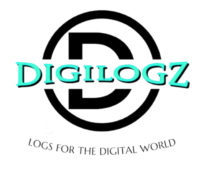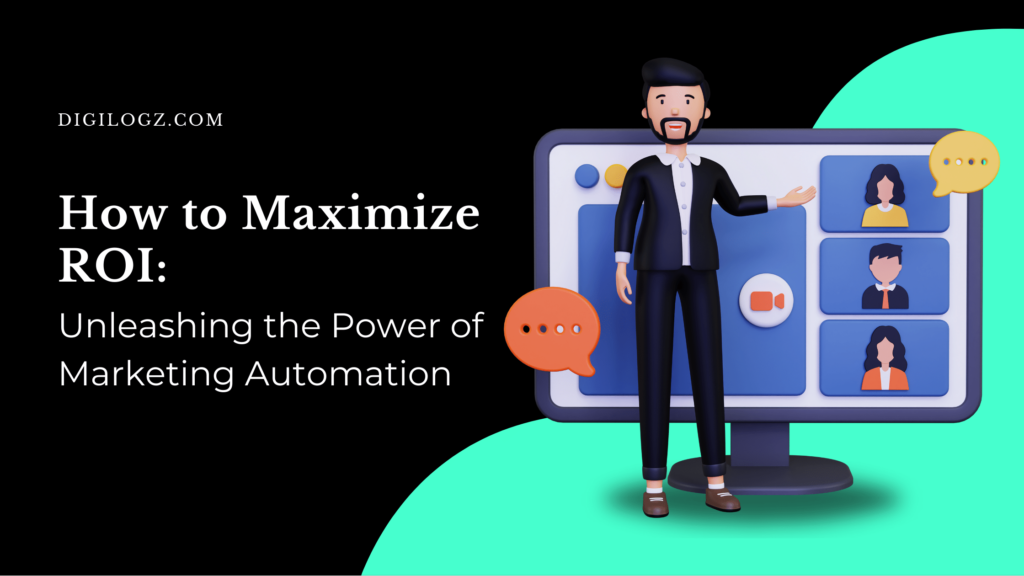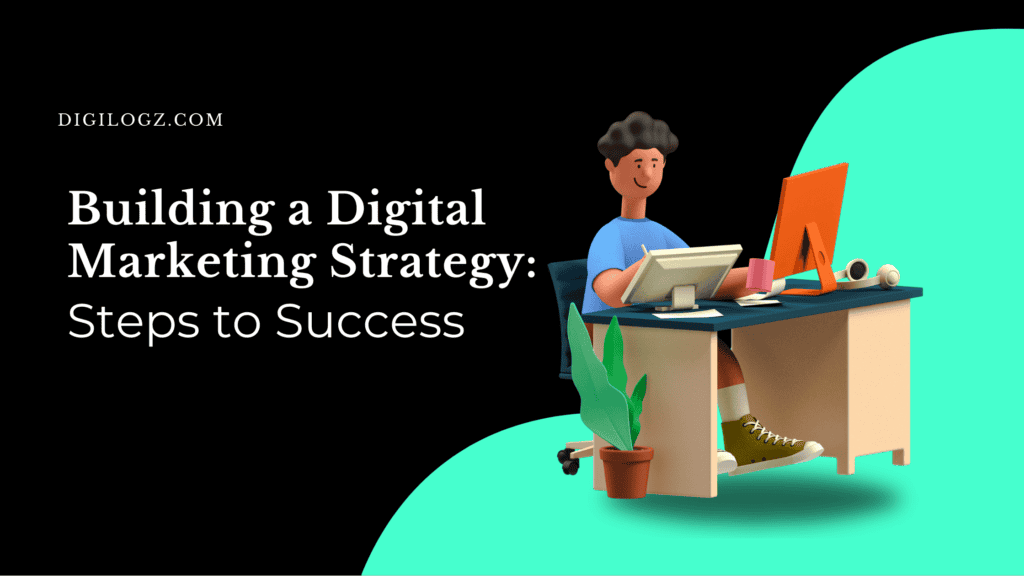In today’s fast-paced digital landscape, businesses are constantly seeking innovative strategies to enhance their return on investment (ROI). One powerful tool that has emerged as a game-changer in the marketing realm is marketing automation. By leveraging automation technologies, companies can streamline their processes, increase efficiency, and ultimately drive higher revenue. In this comprehensive guide, we’ll delve into the various ways in which marketing automation can transform your ROI.
Understanding Marketing Automation
Before diving into the specifics of maximizing ROI, it’s crucial to grasp the fundamentals of marketing automation. At its core, marketing automation refers to the use of software platforms and technologies to automate repetitive marketing tasks and workflows. These tasks may include email marketing, social media posting, lead nurturing, and more. By automating these processes, businesses can save time, reduce manual errors, and deliver personalized experiences to their target audience.
Understanding Marketing Automation
| Aspect | Description |
|---|---|
| Definition | Marketing automation refers to the use of software platforms and technologies to automate repetitive marketing tasks and workflows. |
| Tasks | It includes tasks such as email marketing, social media posting, lead nurturing, and more. |
| Benefits | Marketing automation saves time, reduces manual errors, and delivers personalized experiences to the target audience. |
Enhancing Lead Generation and Conversion
One of the primary benefits of marketing automation is its ability to supercharge lead generation efforts. With advanced lead scoring and segmentation capabilities, automation tools can identify high-quality leads and nurture them through the sales funnel. By delivering targeted content and personalized messaging based on the prospect’s behavior and interests, companies can significantly increase their conversion rates. This targeted approach ensures that sales teams are focusing their efforts on prospects who are most likely to convert, thus maximizing ROI.
Improving Customer Engagement and Retention
In addition to acquiring new leads, marketing automation also plays a crucial role in customer engagement and retention. By implementing automated email workflows, companies can stay top-of-mind with their existing customers and provide them with valuable content and offers. From personalized birthday greetings to post-purchase follow-ups, automation allows businesses to nurture their customer relationships at scale. By fostering loyalty and satisfaction, companies can reduce churn rates and increase the lifetime value of their customers, ultimately driving higher ROI.
Streamlining Marketing Operations
Another key aspect of marketing automation is its ability to streamline marketing operations. By automating repetitive tasks such as scheduling social media posts, updating contact lists, and analyzing campaign performance, marketers can free up valuable time to focus on strategic initiatives. This increased efficiency not only reduces operational costs but also enables teams to iterate and optimize their campaigns more effectively. With automation handling the grunt work, marketers can devote their energy to creativity and innovation, ultimately driving better results and higher ROI.
Streamlining Marketing Operations
| Aspect | Description |
|---|---|
| Time-saving | Automation of repetitive tasks like scheduling social media posts and updating contact lists frees up valuable time. |
| Operational Costs | Increased efficiency reduces operational costs and allows teams to focus on strategic initiatives. |
| Creativity | With automation handling routine tasks, marketers can devote more energy to creativity and innovation. |
Leveraging Data for Insights and Optimization
Data lies at the heart of effective marketing automation. By harnessing the power of data analytics and machine learning, automation platforms can provide valuable insights into customer behavior, preferences, and trends. Marketers can use this data to segment their audience more effectively, personalize their messaging, and optimize their campaigns for maximum impact. Whether it’s identifying the best-performing channels or refining targeting criteria, data-driven decision-making is essential for driving ROI in today’s competitive landscape.
The Evolution of Marketing Automation
Marketing automation has come a long way since its inception. Initially, automation tools focused primarily on email marketing, allowing businesses to send mass emails and track open rates. However, as technology has advanced, so too has the scope of marketing automation. Today, automation platforms offer a wide range of features and capabilities, including multi-channel marketing, dynamic content, behavioral triggers, and predictive analytics. These advanced functionalities enable marketers to create highly personalized and targeted campaigns that resonate with their audience, driving higher engagement and conversion rates.
Choosing the Right Marketing Automation Platform
With the plethora of marketing automation platforms available in the market, choosing the right one for your business can be a daunting task. When evaluating potential solutions, it’s essential to consider factors such as ease of use, integration capabilities, scalability, customer support, and pricing. Additionally, it’s crucial to align the features and functionalities of the platform with your specific marketing goals and objectives. Whether you’re a small business looking to streamline your email marketing efforts or a large enterprise seeking advanced automation capabilities, there’s a solution out there to meet your needs.
Key Metrics for Measuring Marketing Automation Success
| Metric | Description |
|---|---|
| Conversion Rate | The percentage of leads that convert into customers or take the desired action. |
| Customer Acquisition Cost | The cost incurred to acquire a new customer, including marketing and sales expenses. |
| Customer Lifetime Value | The total revenue generated from a customer over their entire relationship with the company. |
| Return on Investment (ROI) | The ratio of net profit to the cost of investment, indicating the profitability of marketing automation efforts. |
Best Practices for Maximizing ROI with Marketing Automation
While marketing automation holds tremendous potential for driving ROI, success is not guaranteed. To ensure optimal results, it’s essential to follow best practices and strategies for effective implementation and utilization of automation tools. Some key best practices include:
1. Set Clear Goals and Objectives
Before implementing marketing automation, clearly define your goals and objectives. Whether it’s increasing lead generation, improving customer engagement, or boosting sales, having a clear understanding of what you aim to achieve will guide your automation strategy.
2. Segment Your Audience
Segmentation is key to delivering personalized experiences and maximizing ROI. Use data insights to segment your audience based on demographics, behavior, interests, and buying stage, and tailor your messaging accordingly.
3. Create Compelling Content
Content is king in the digital age. Invest in creating high-quality, relevant content that resonates with your audience. Whether it’s blog posts, videos, infographics, or social media posts, compelling content is essential for driving engagement and conversion.
4. Test and Iterate
Continuous testing and optimization are critical for success in marketing automation. Experiment with different messaging, timing, and offers to identify what resonates best with your audience, and iterate based on the results.
5. Monitor and Analyze Performance
Regularly monitor the performance of your automation campaigns and analyze key metrics such as open rates, click-through rates, conversion rates, and ROI. Use these insights to refine your strategies and optimize your campaigns for better results.
Best Practices for Maximizing ROI with Marketing Automation
| Practice | Description |
|---|---|
| Set Clear Goals | Define specific objectives like lead generation, customer engagement, or sales increase before implementing automation. |
| Segment Audience | Segment the audience based on demographics, behavior, interests, and buying stage for personalized experiences. |
| Create Compelling Content | Invest in creating high-quality, relevant content across channels to drive engagement and conversions. |
| Monitor and Analyze | Regularly monitor campaign performance and analyze key metrics to refine strategies and optimize campaigns. |
In conclusion, marketing automation represents a powerful strategy for maximizing ROI in the digital age. By automating repetitive tasks, enhancing lead generation and conversion, improving customer engagement and retention, streamlining marketing operations, leveraging data for insights and optimization, and following best practices for effective implementation, businesses can unlock new levels of efficiency and effectiveness. However, success requires careful planning, testing, and ongoing optimization. By investing in the right automation tools and strategies, companies can unleash the full potential of marketing automation and drive significant returns on their marketing investments.



